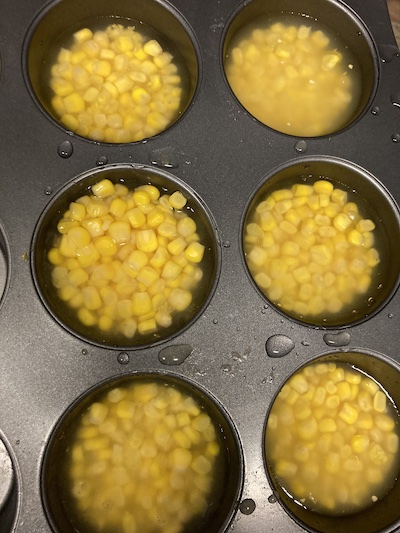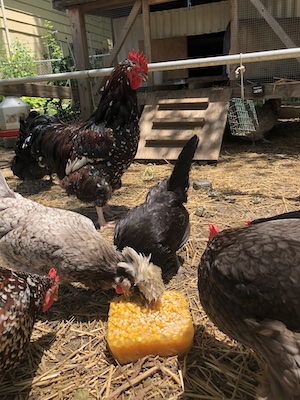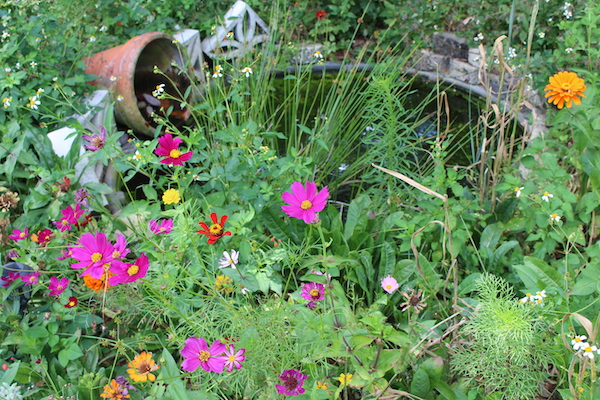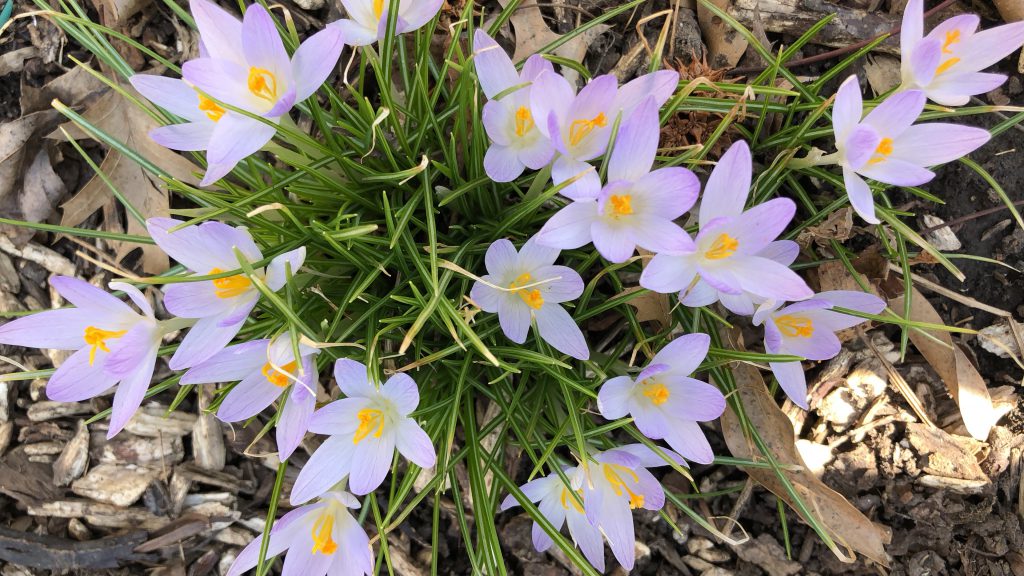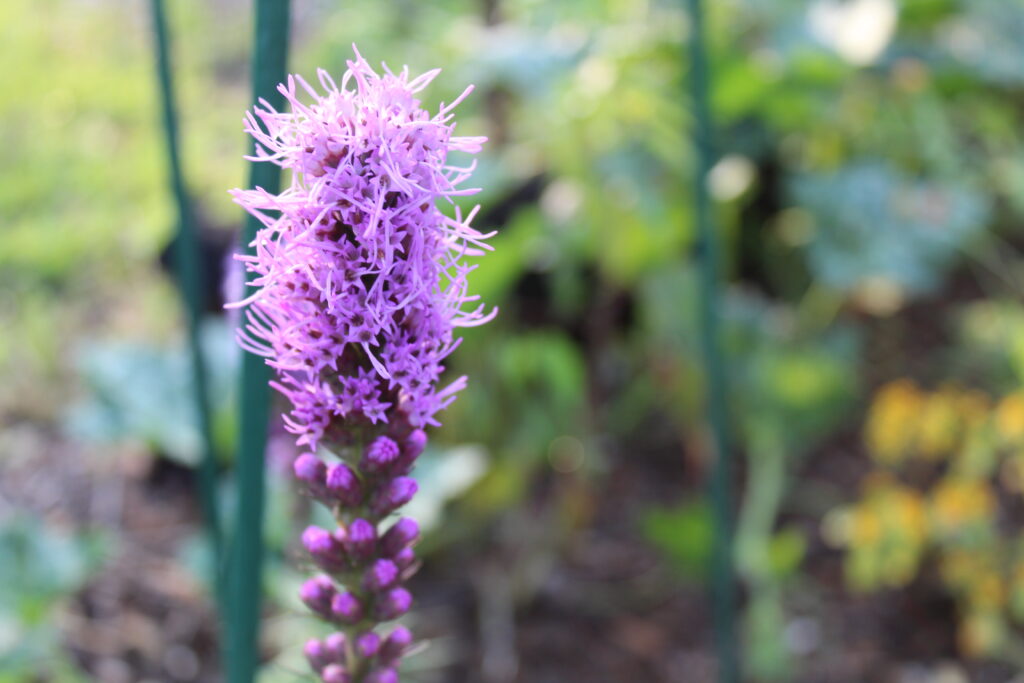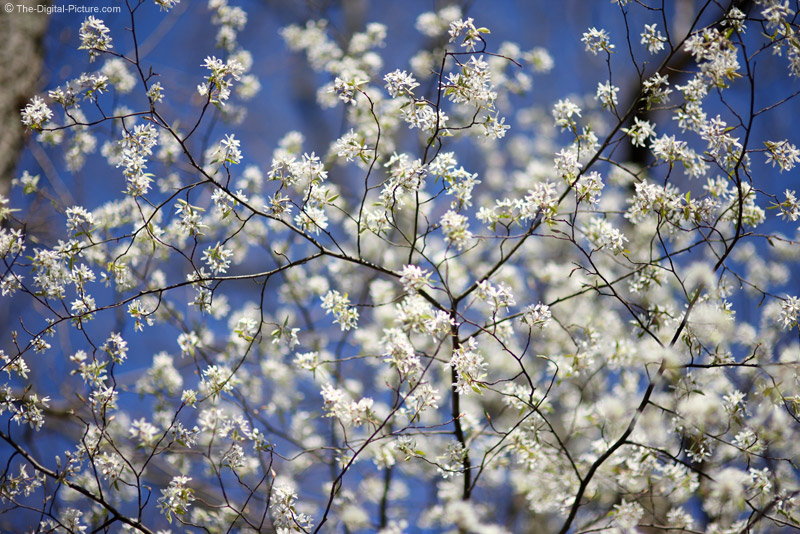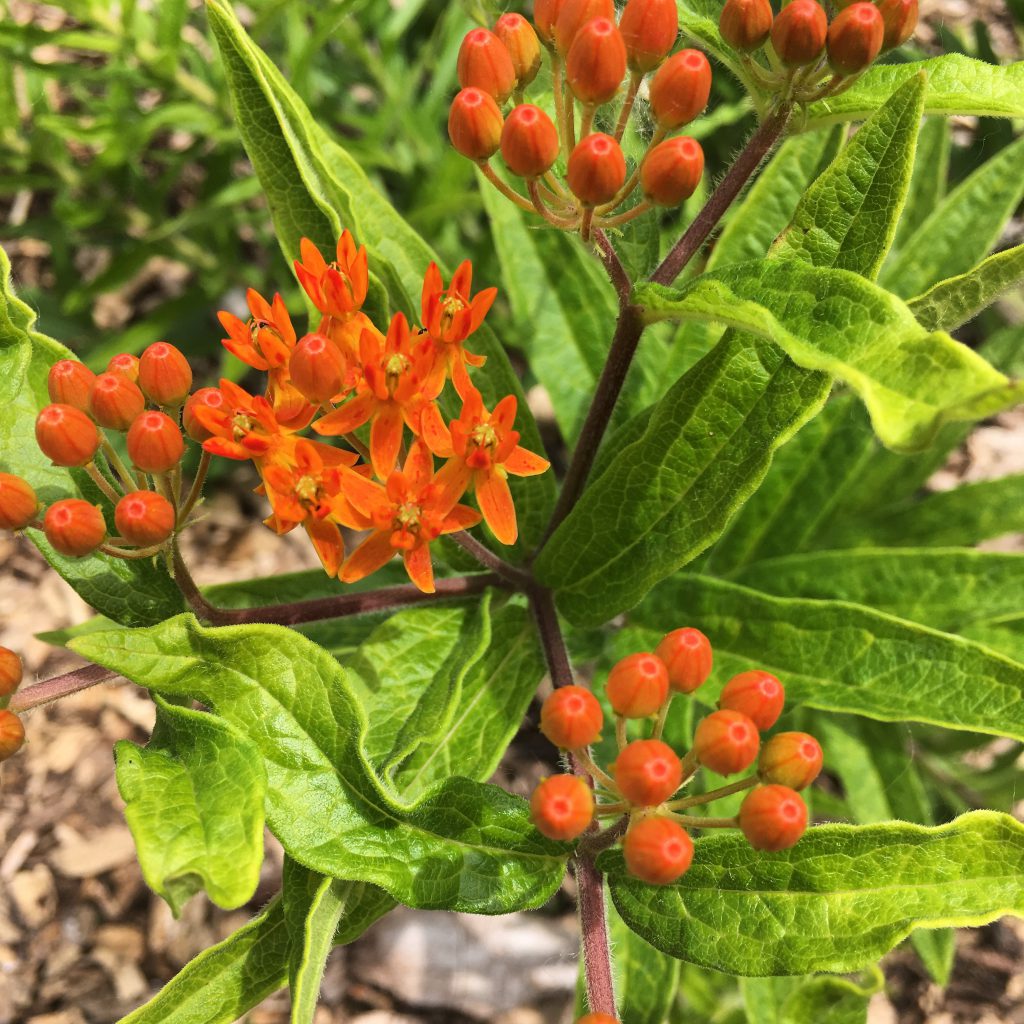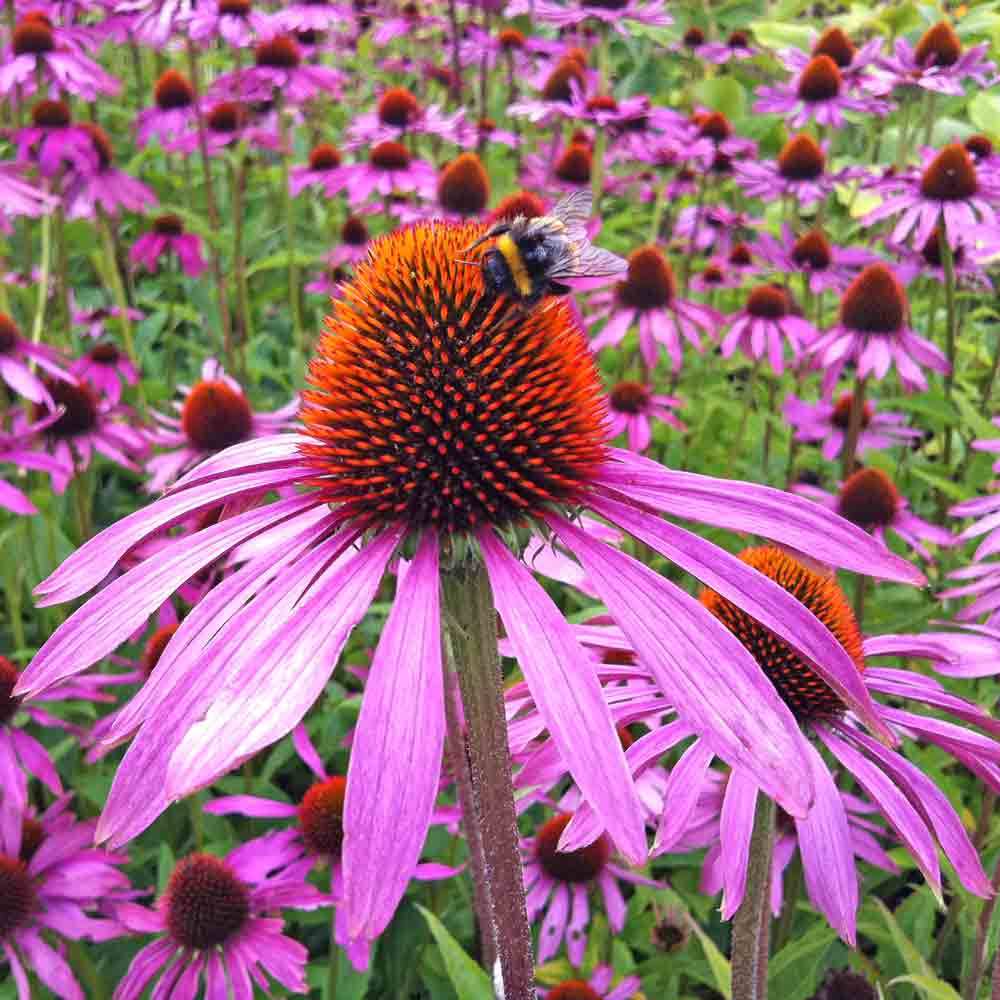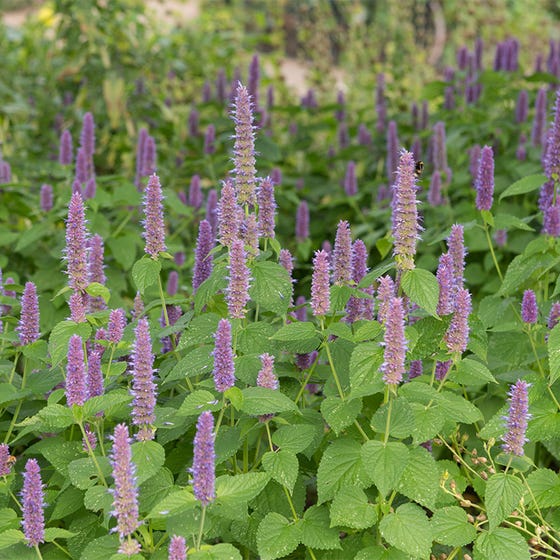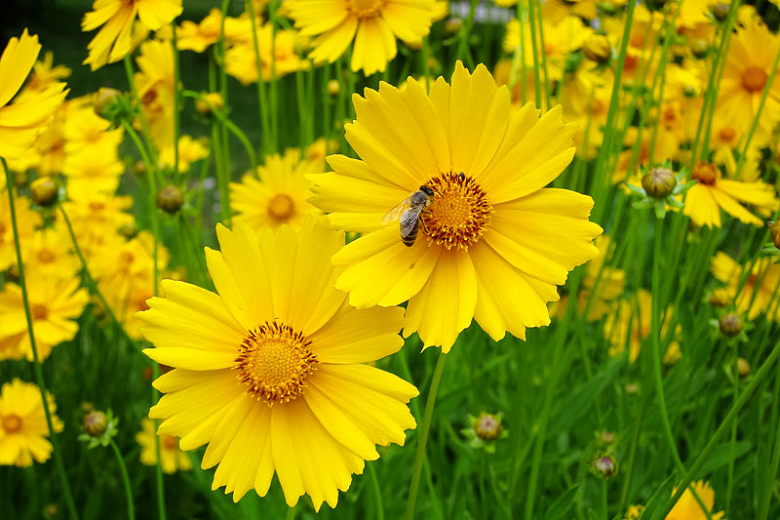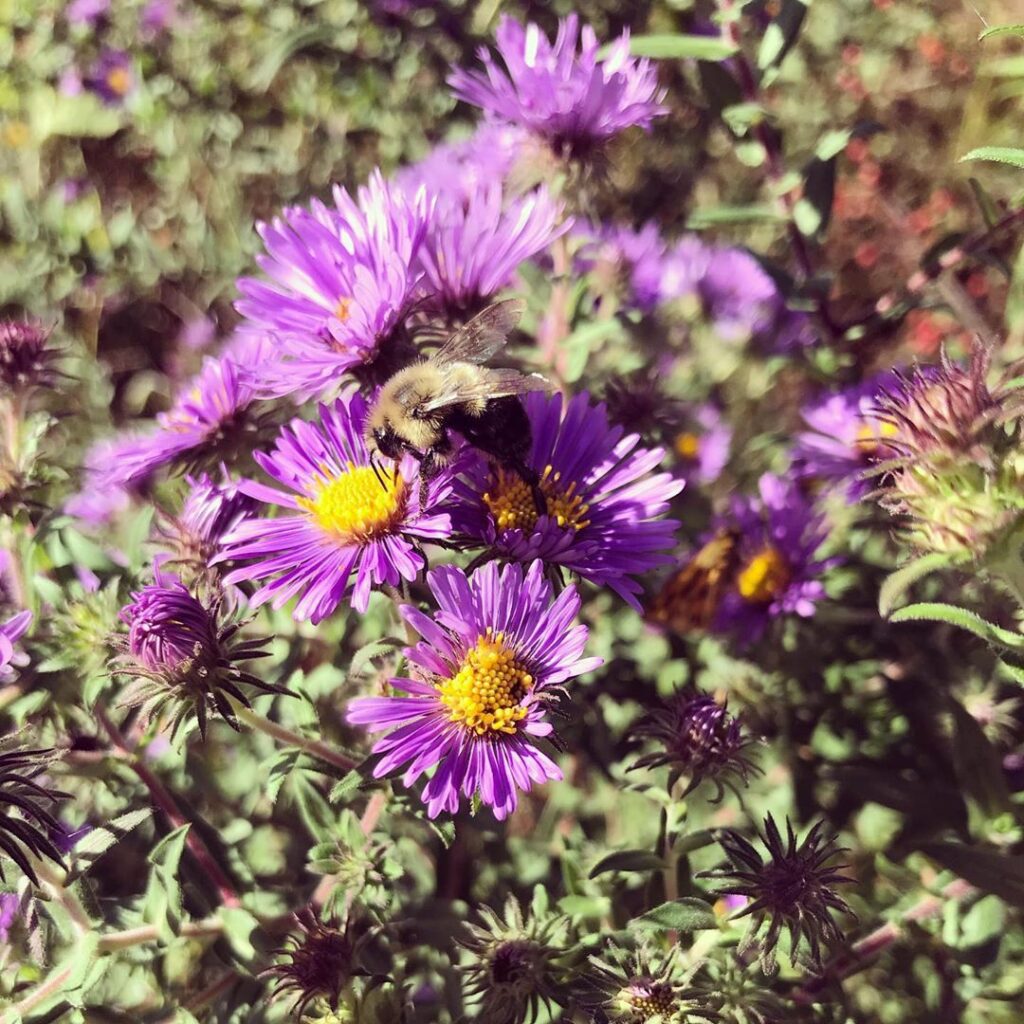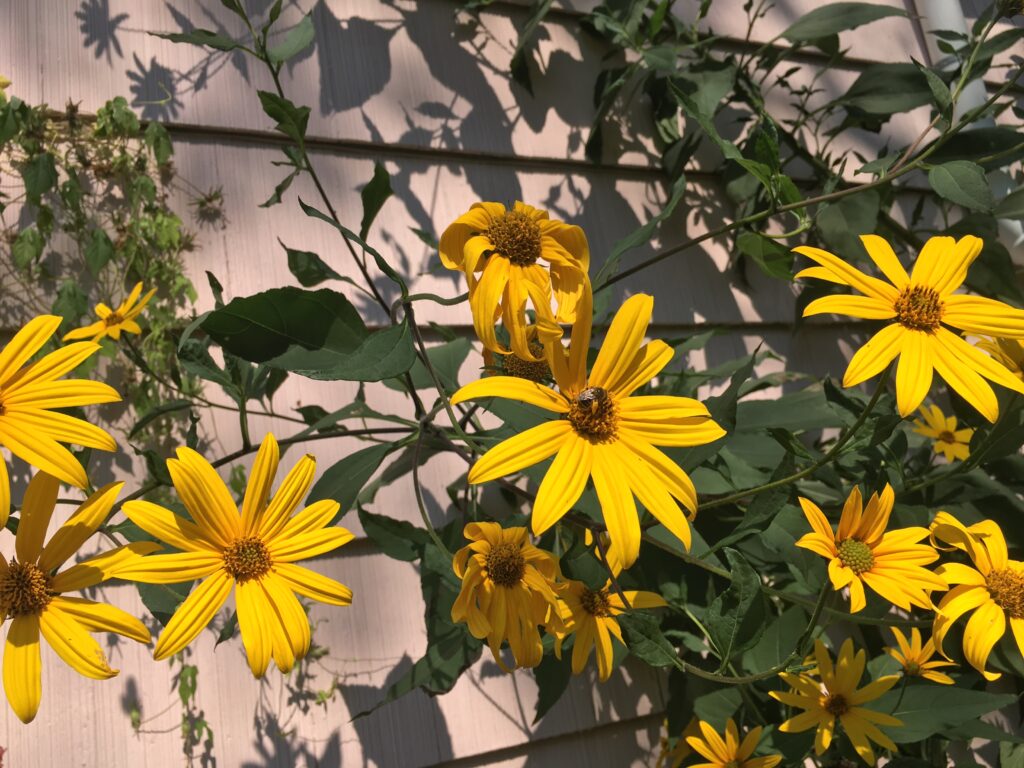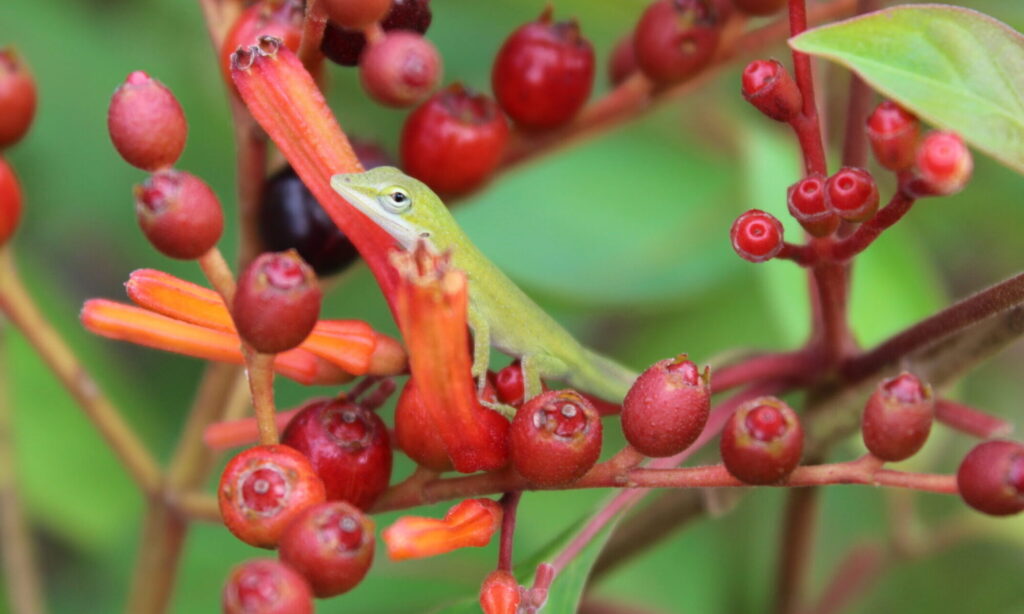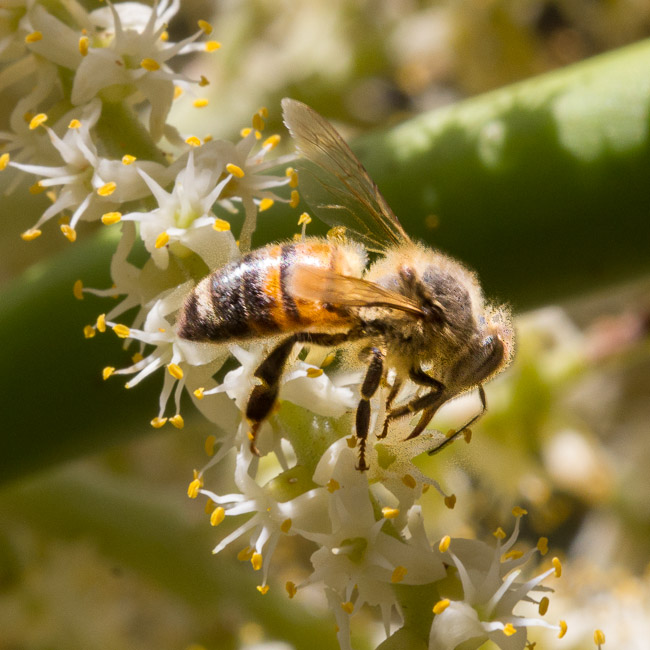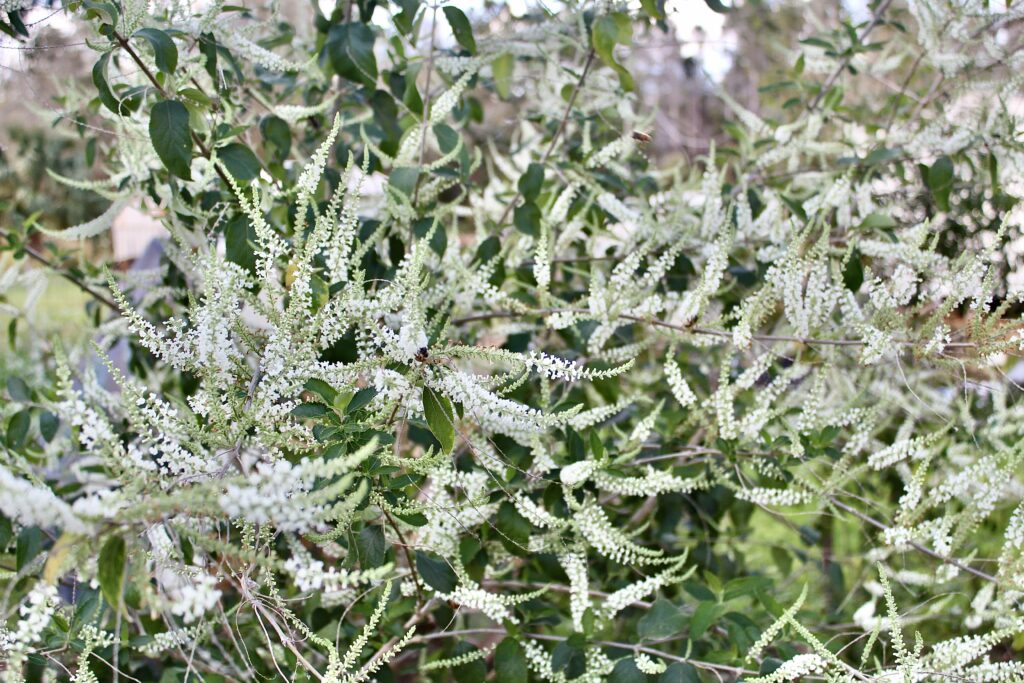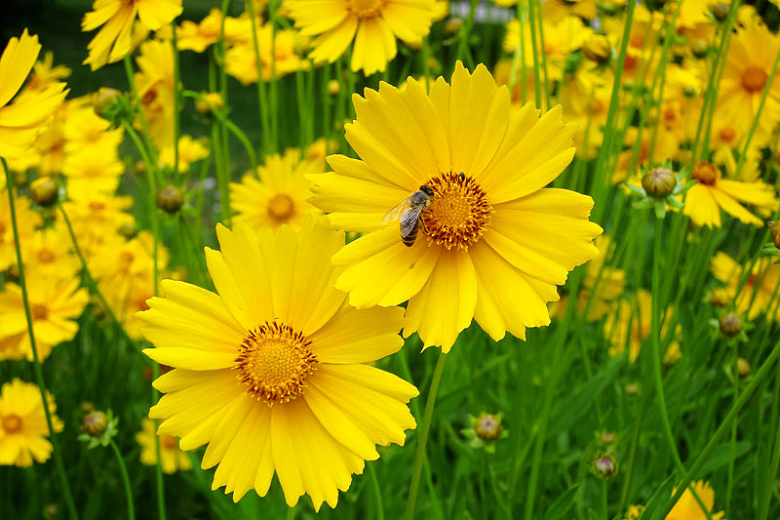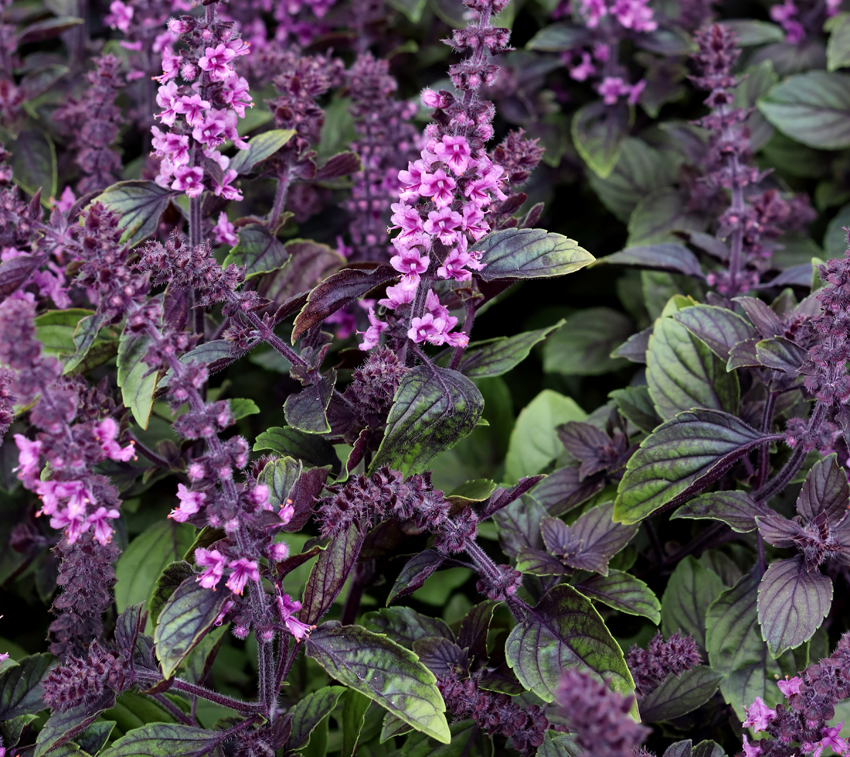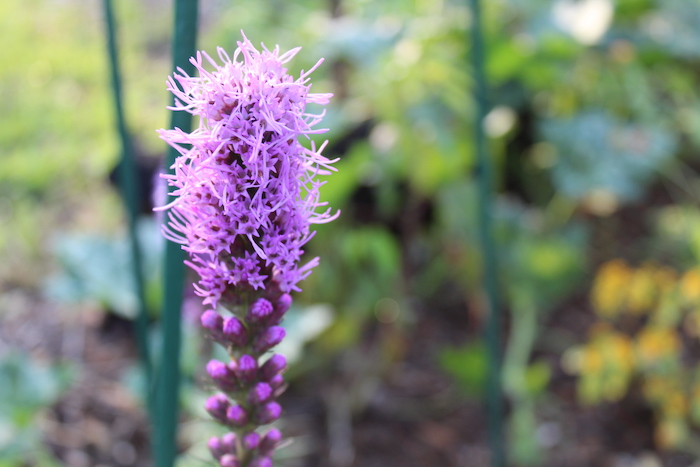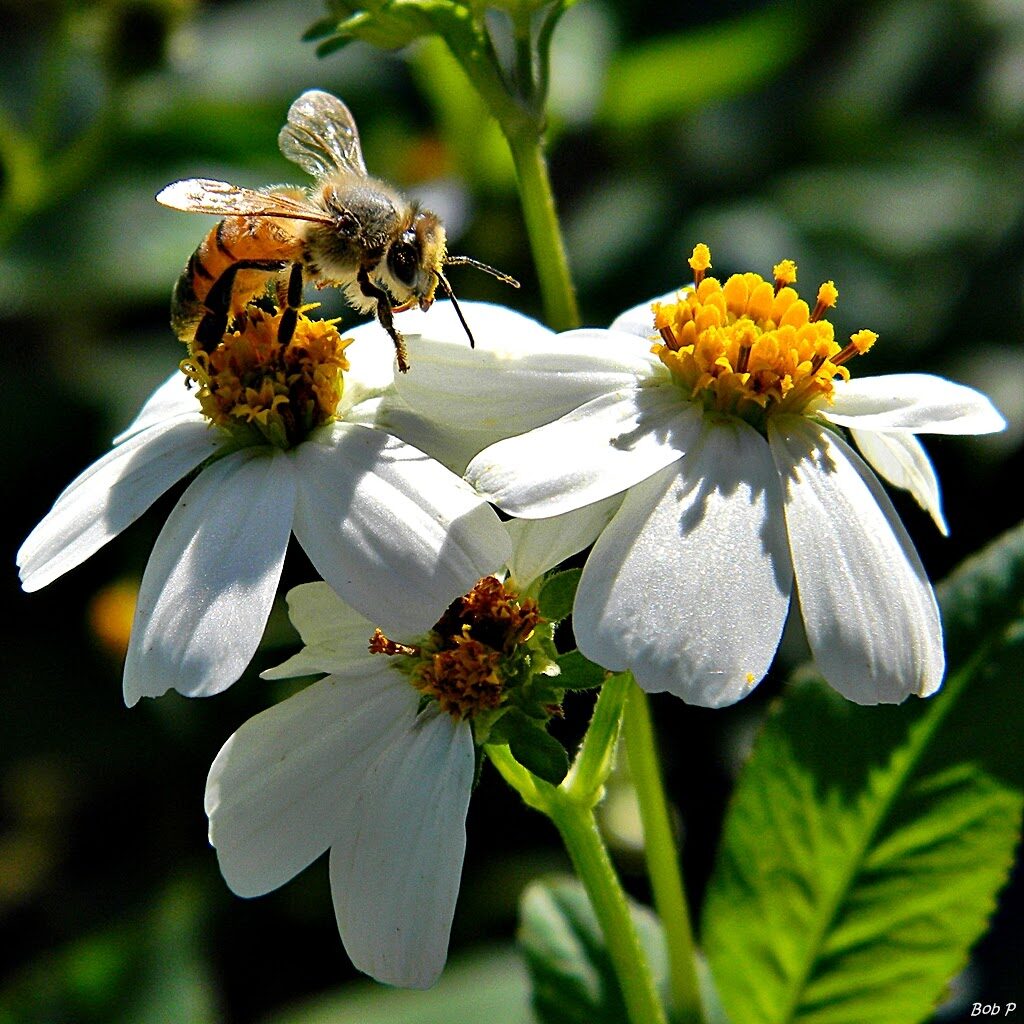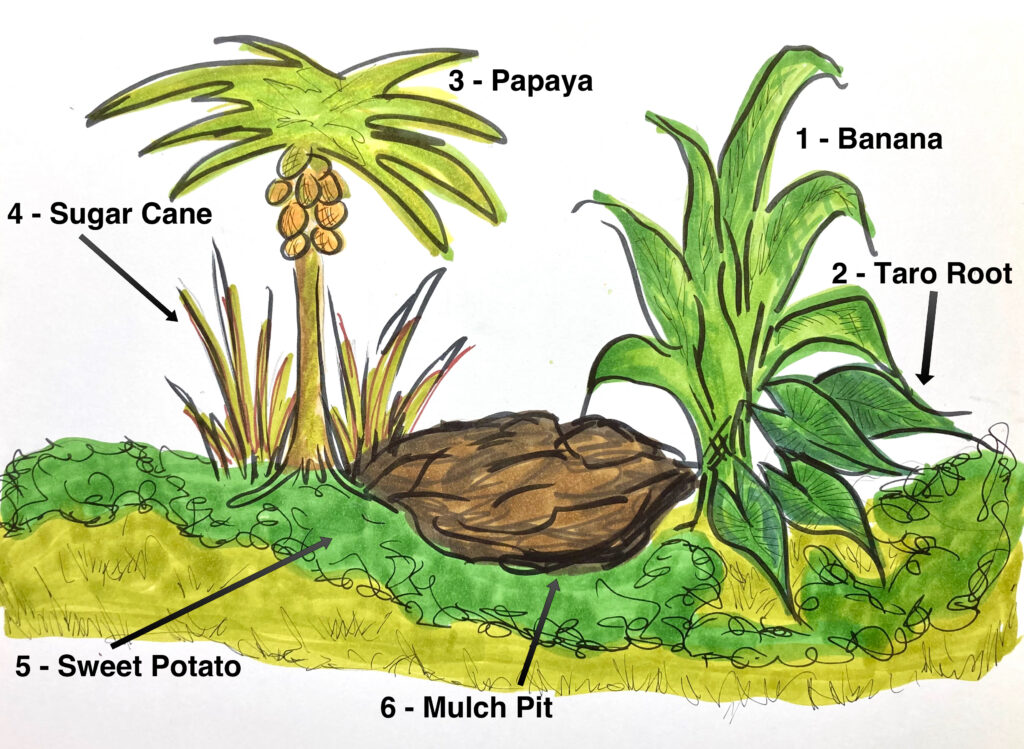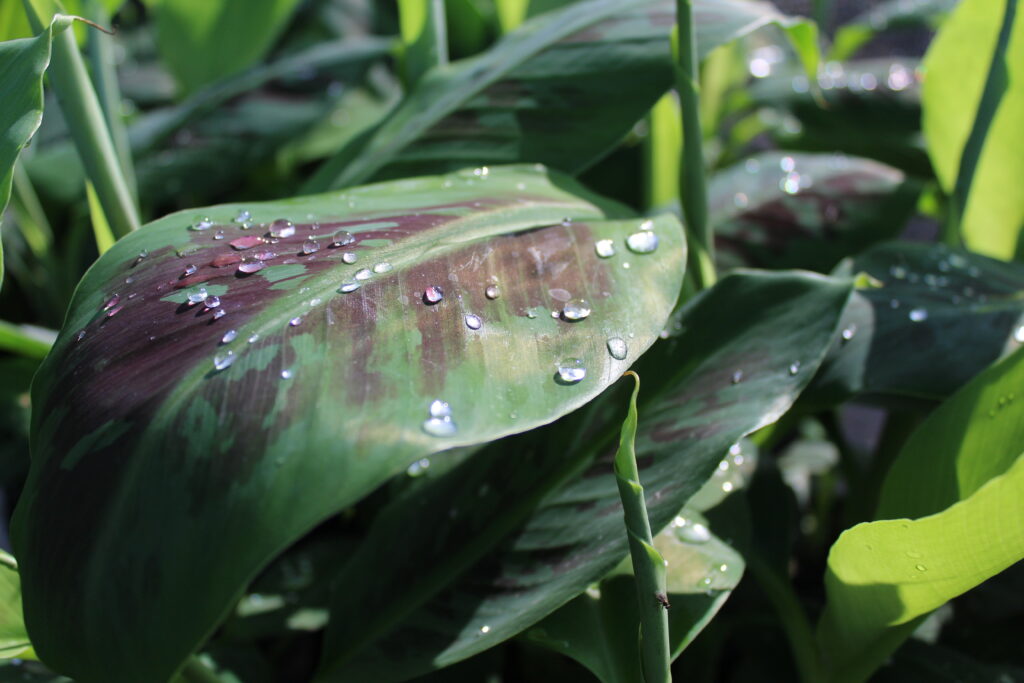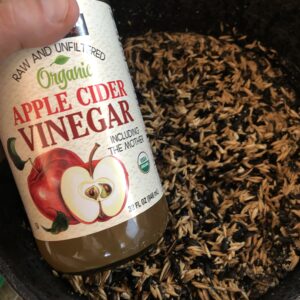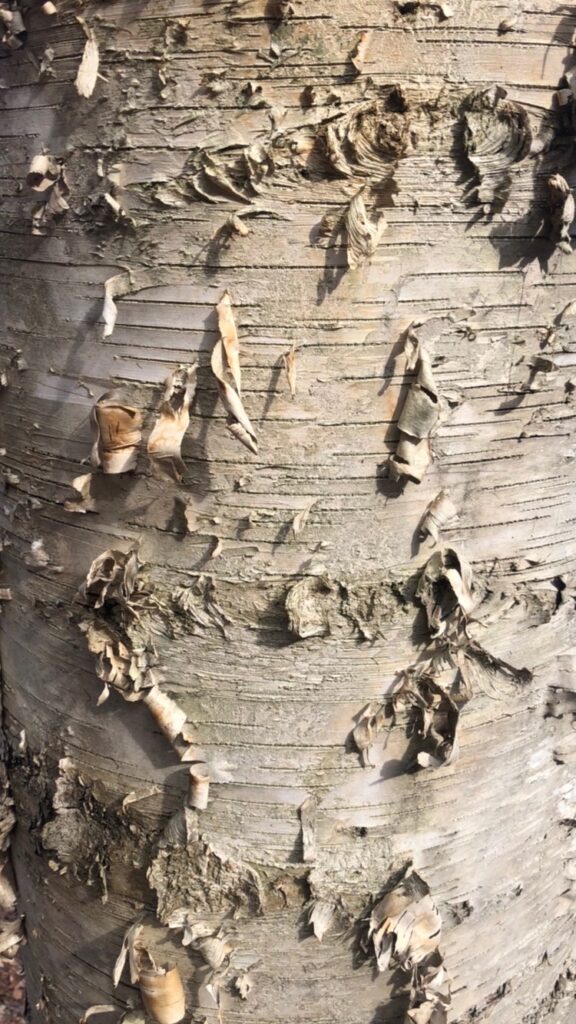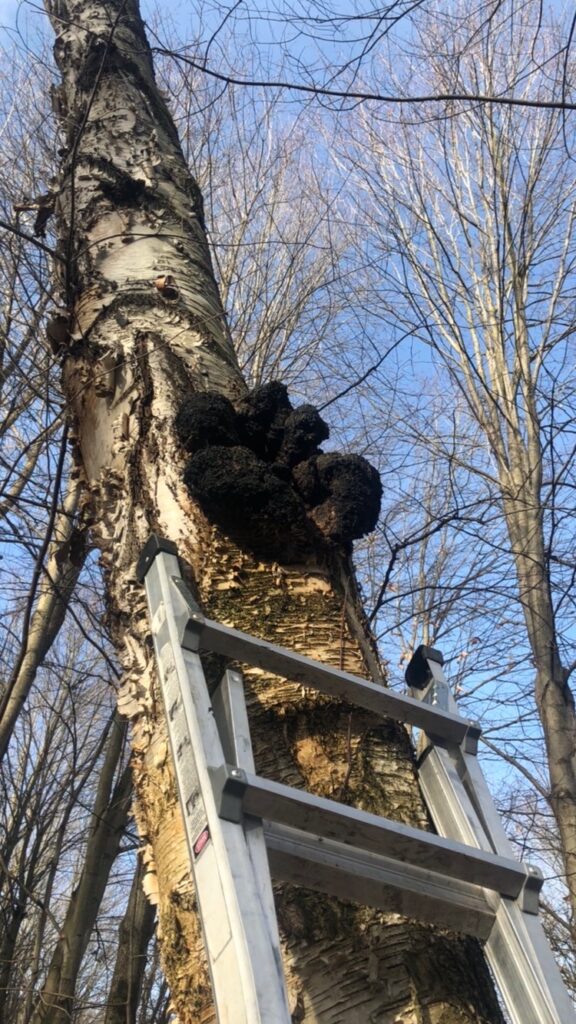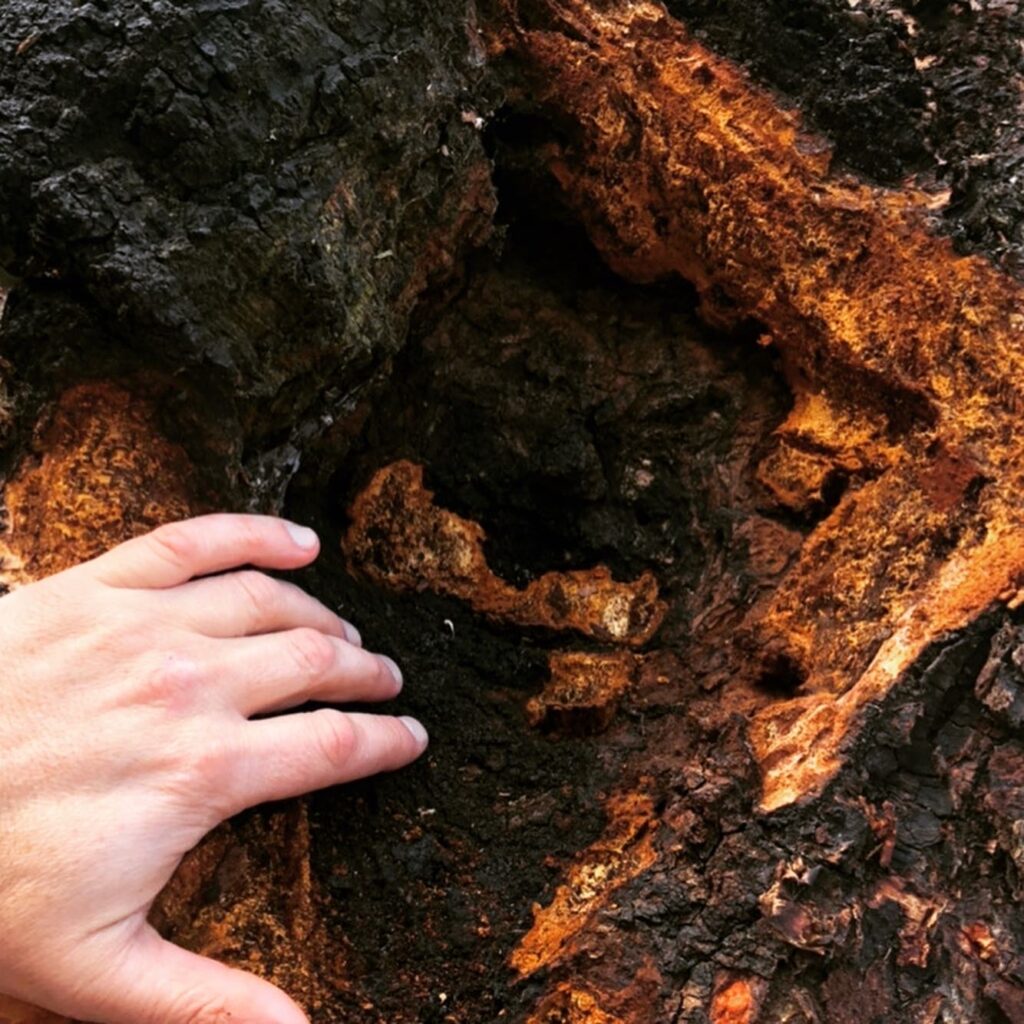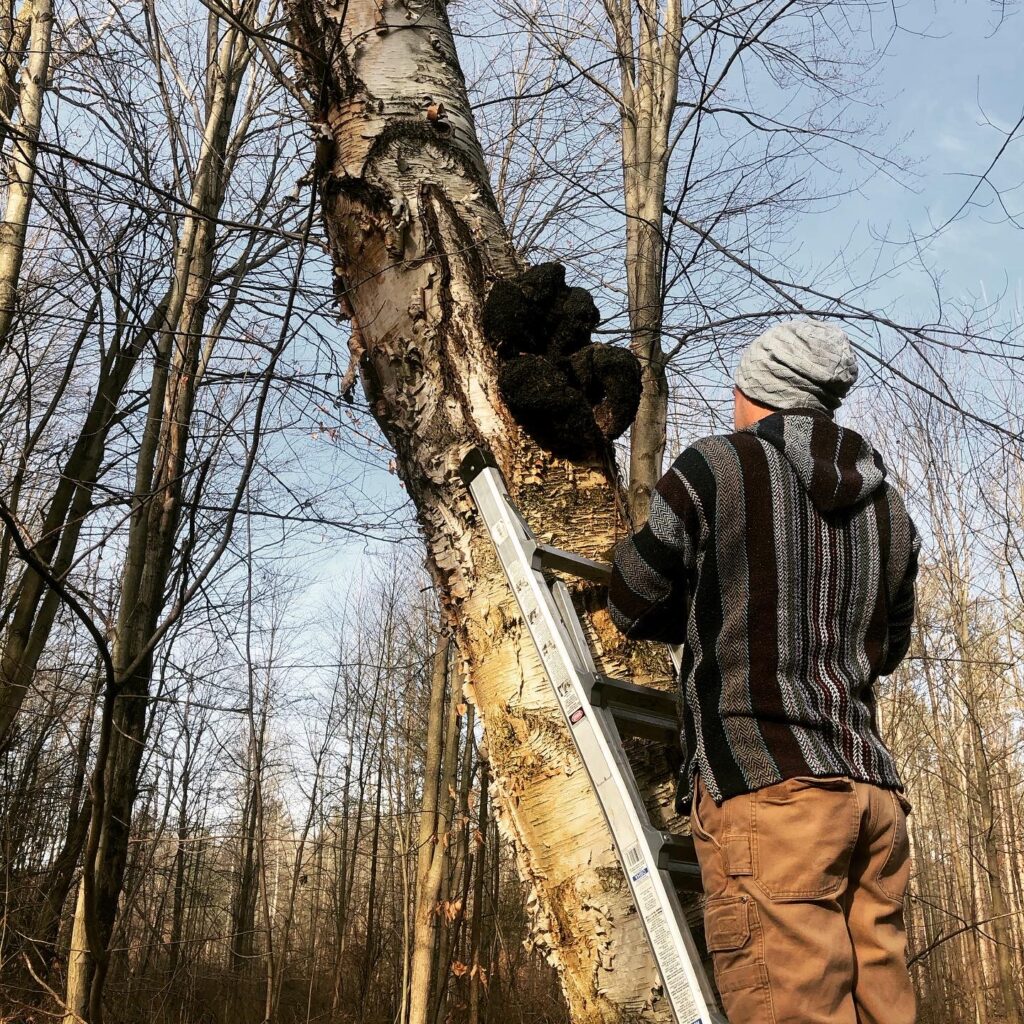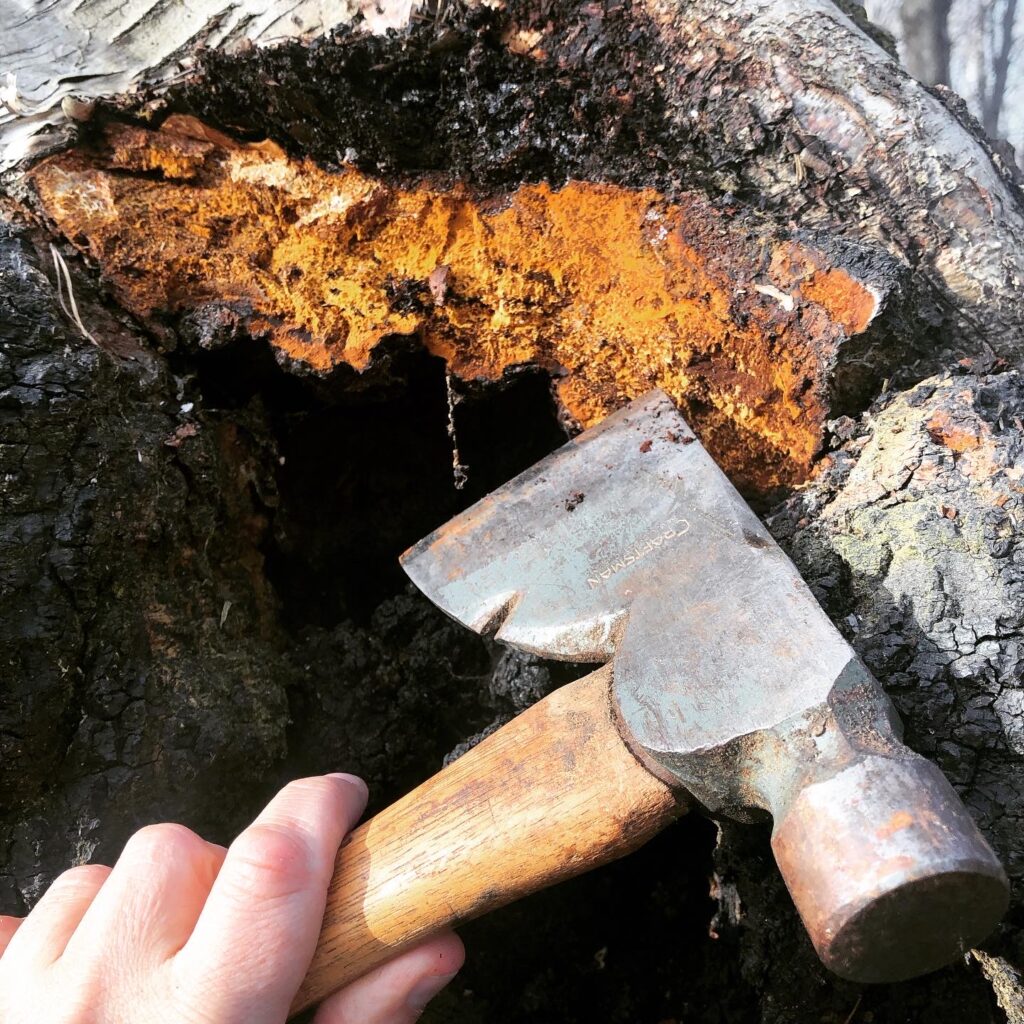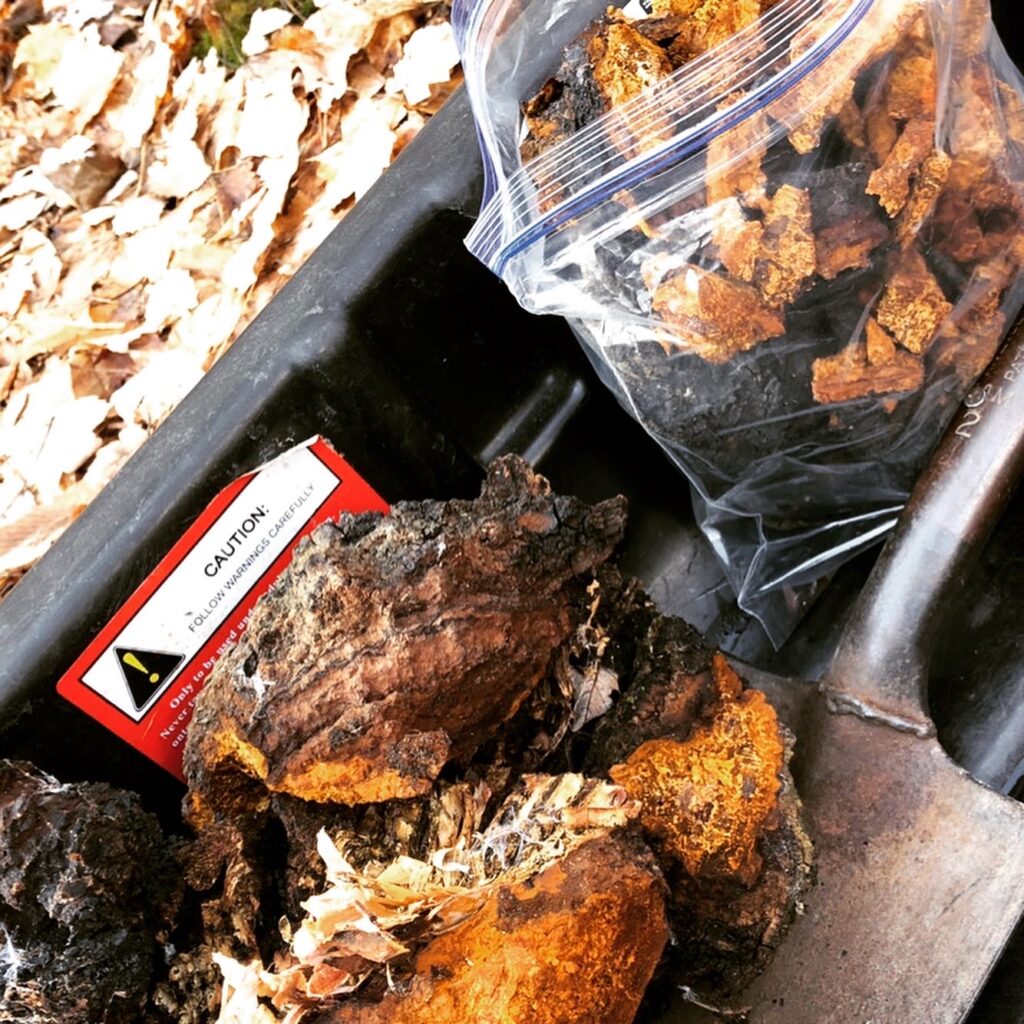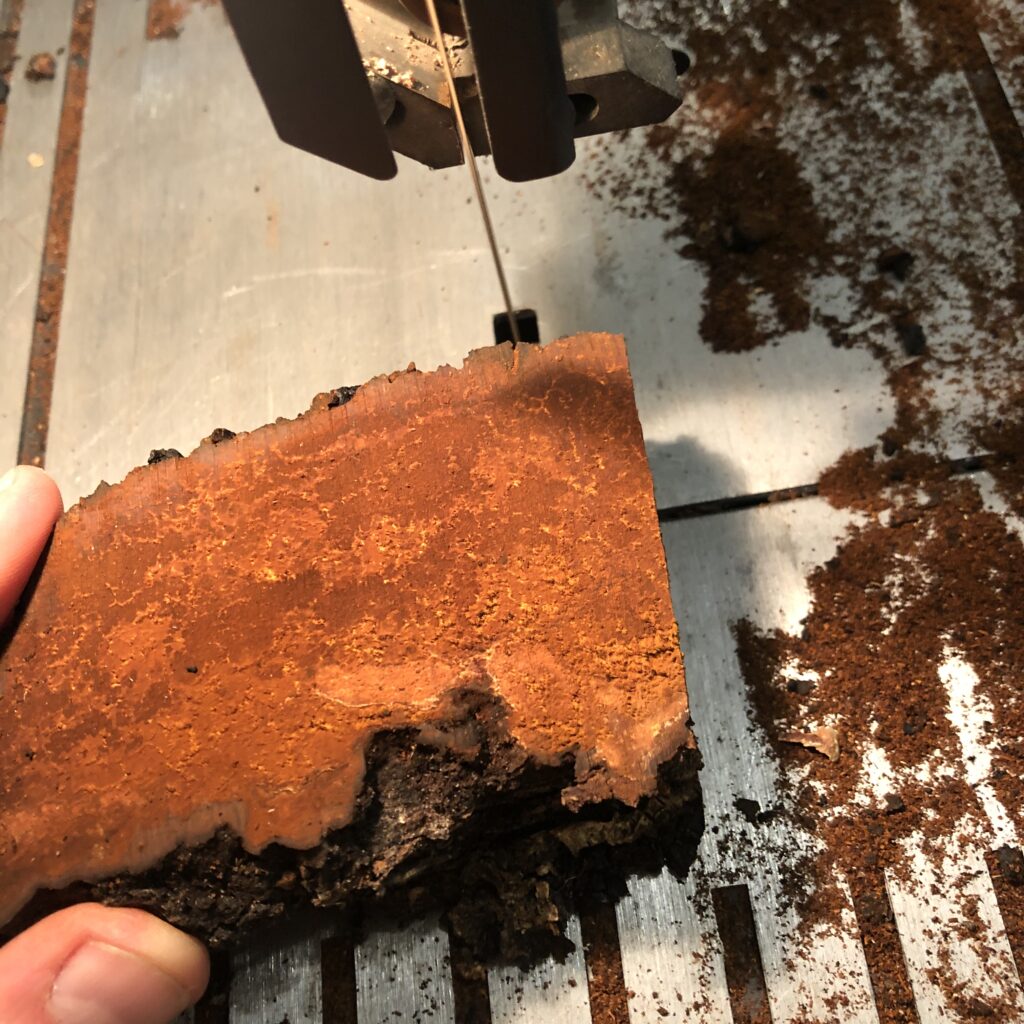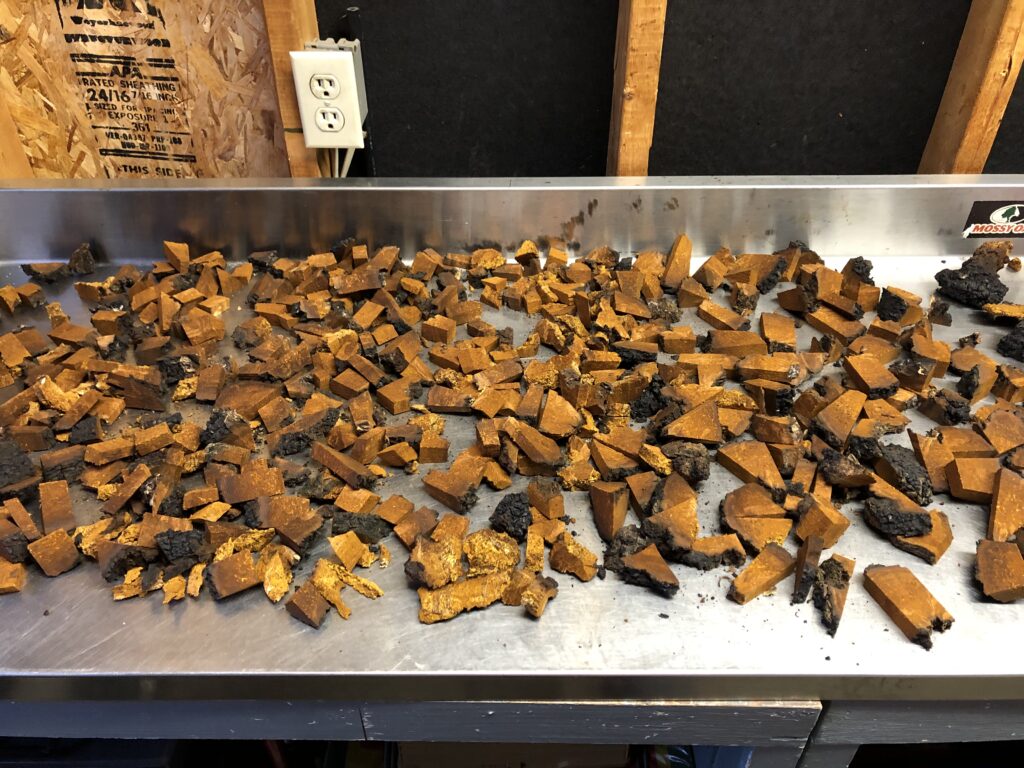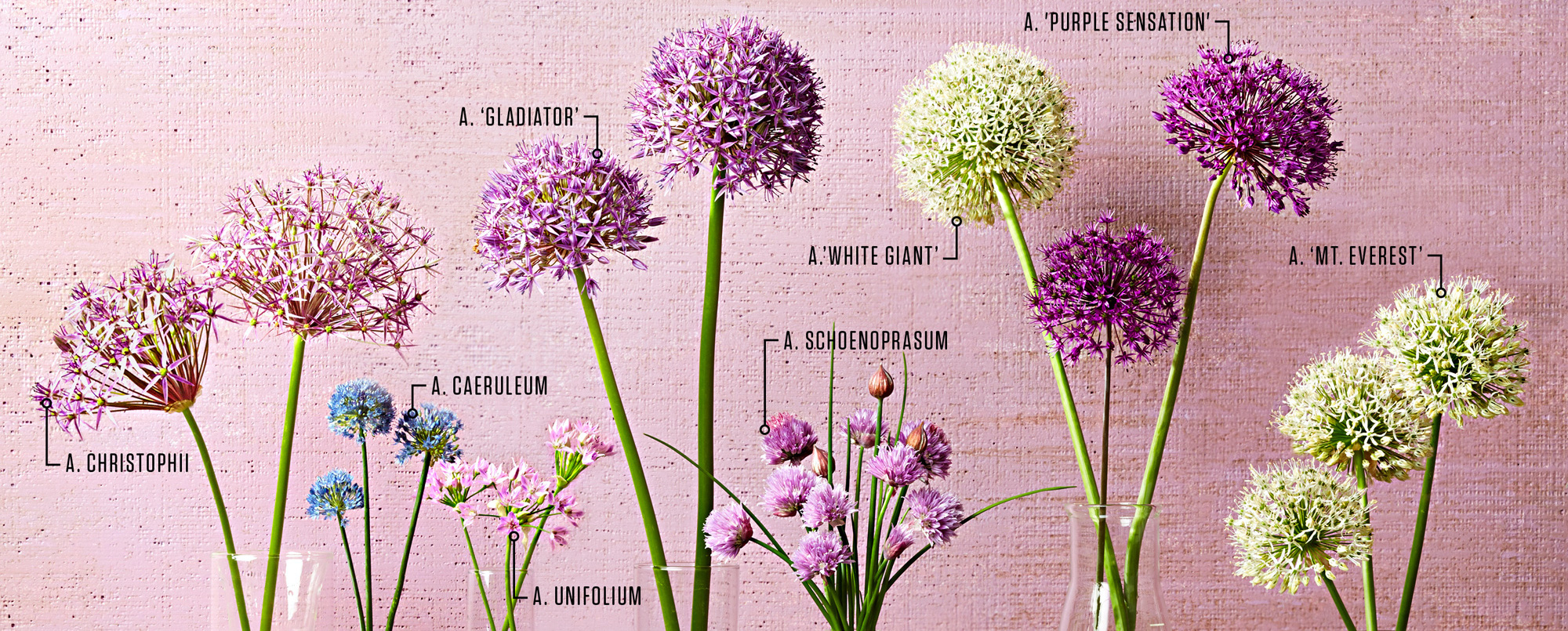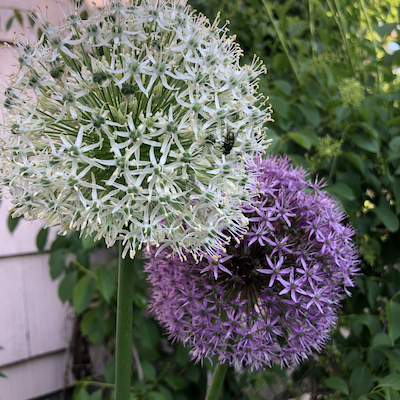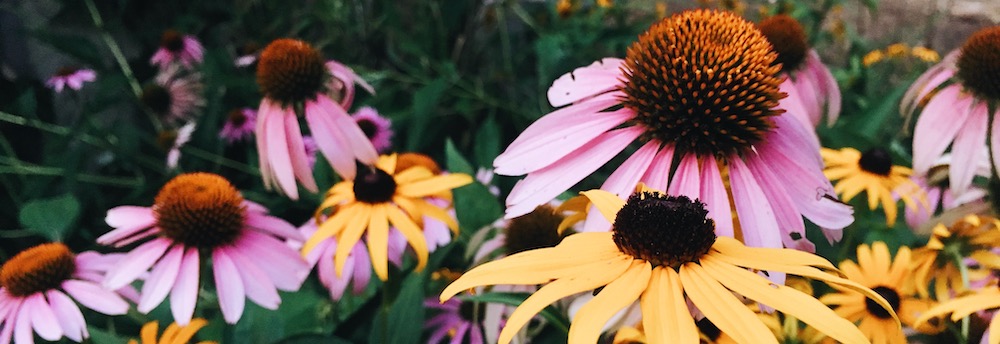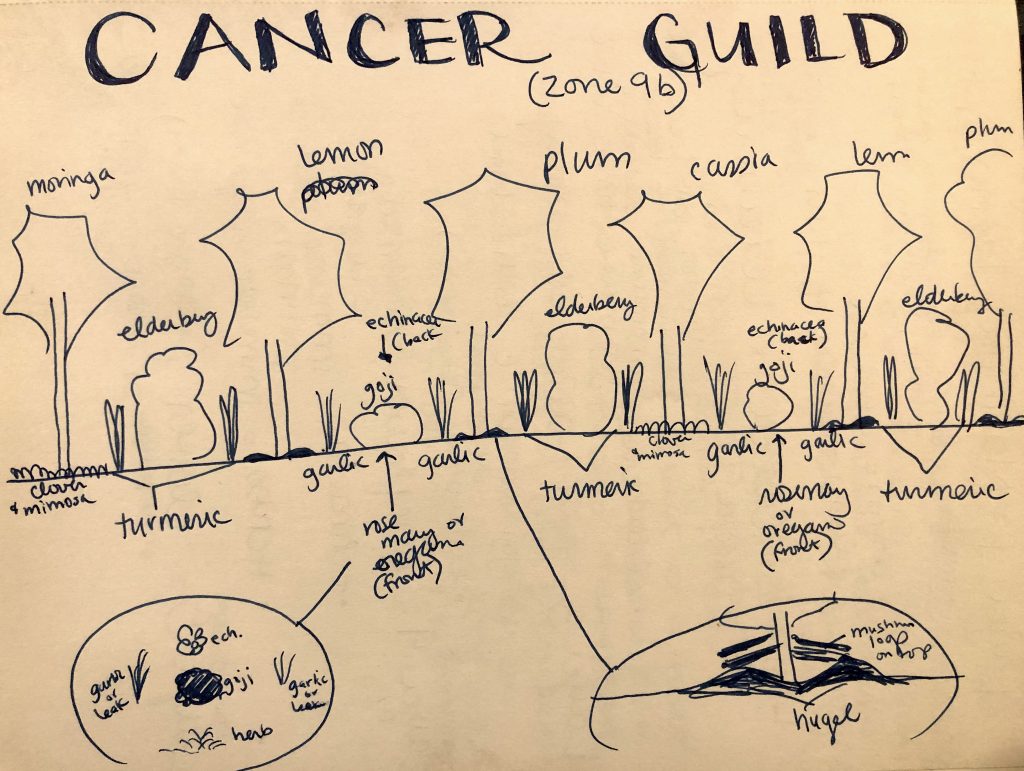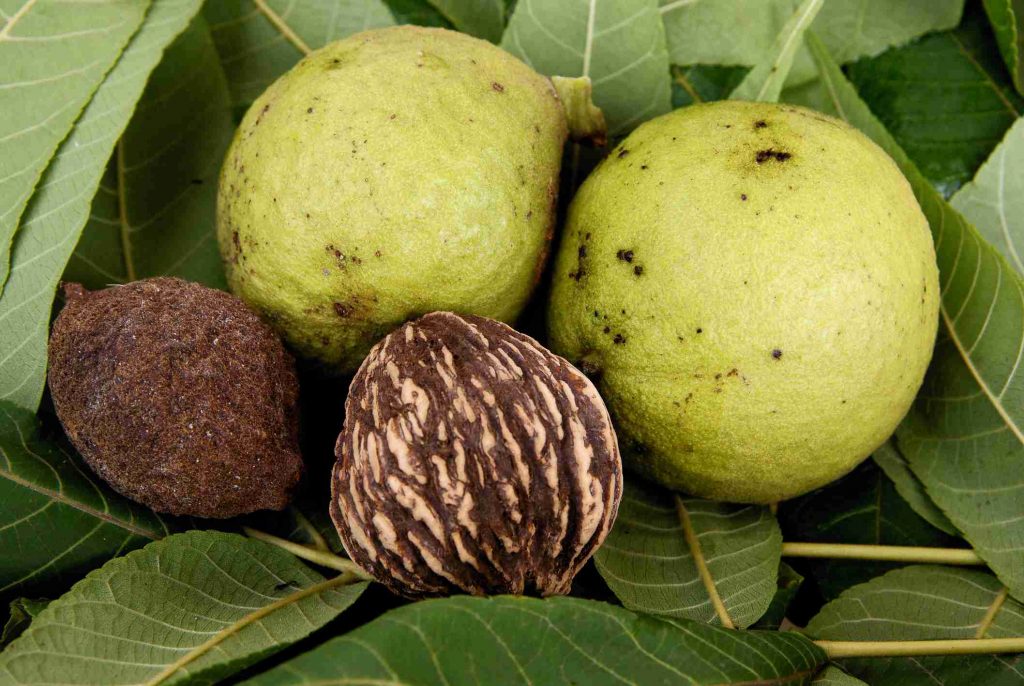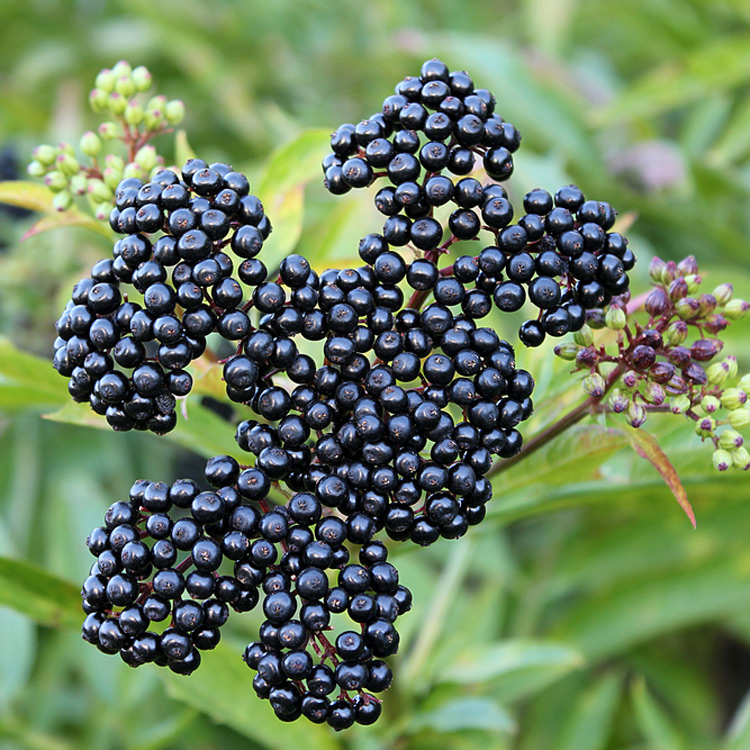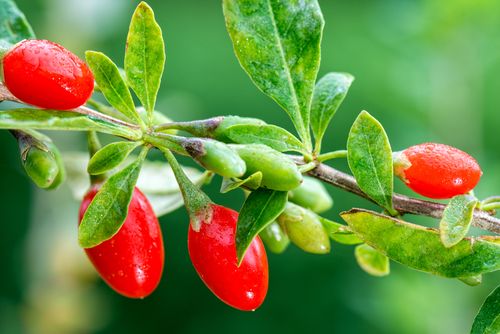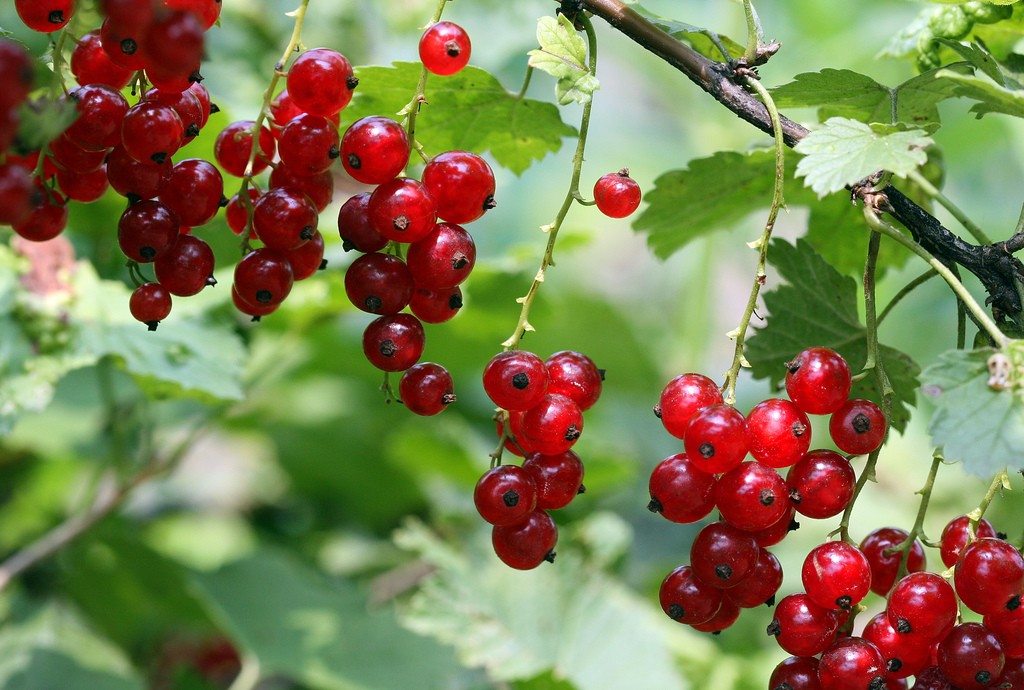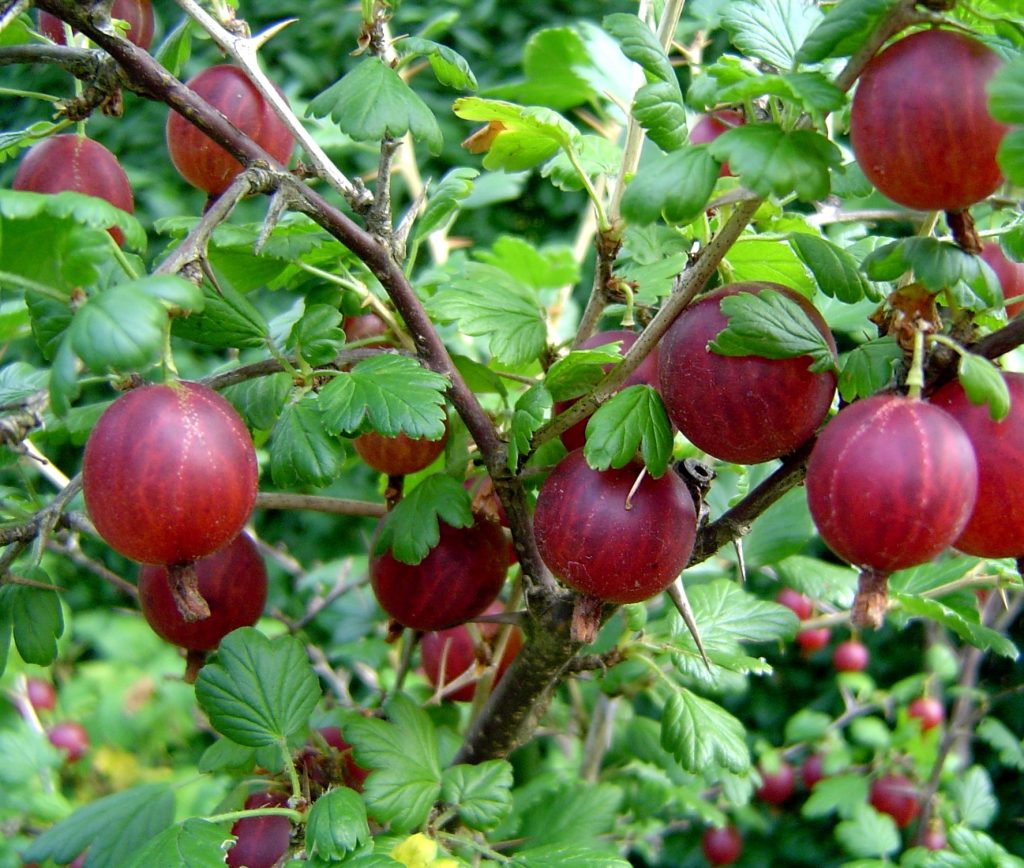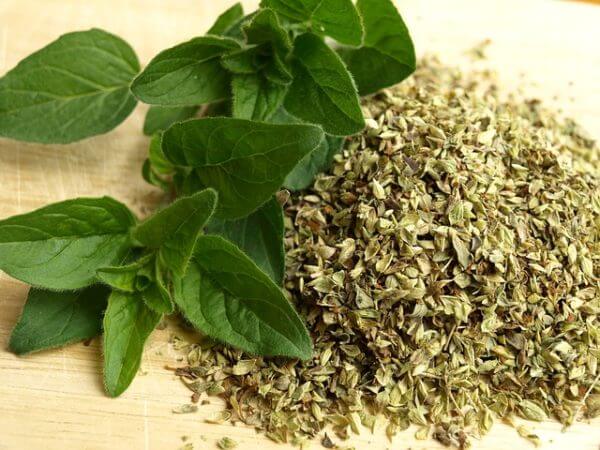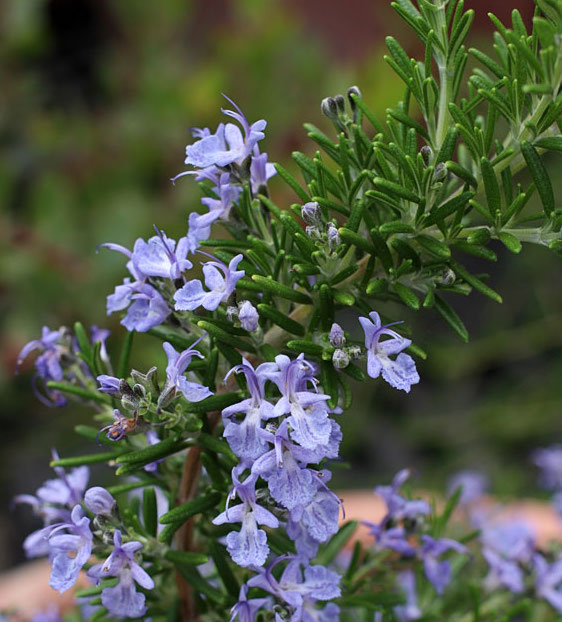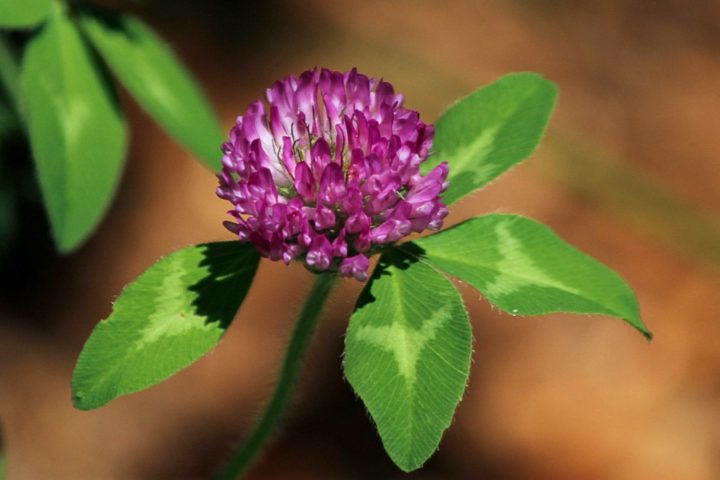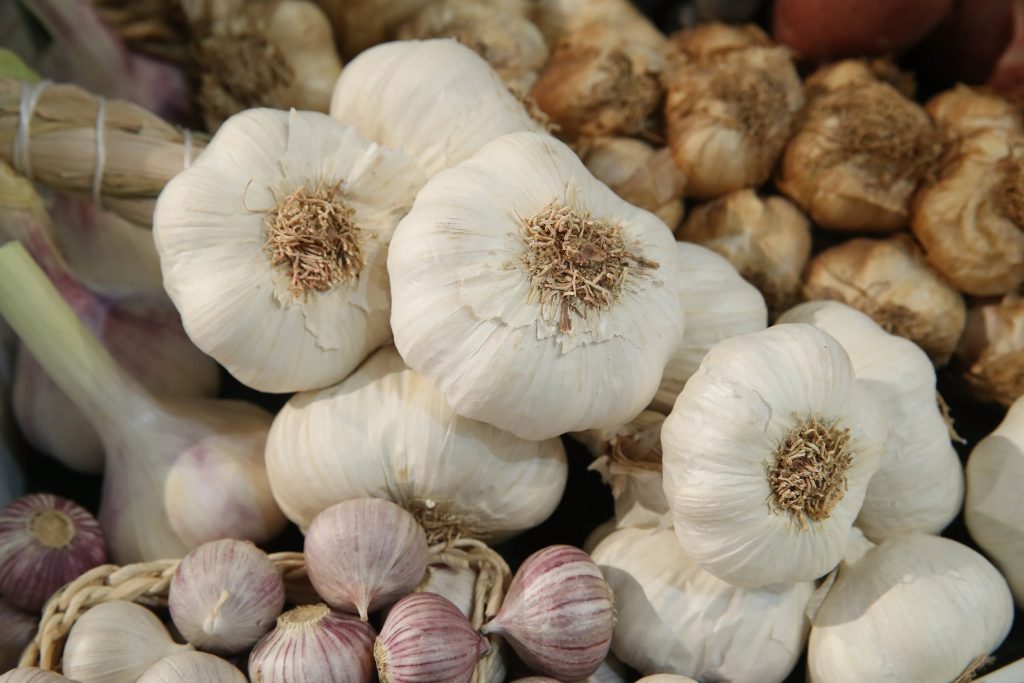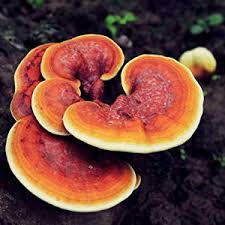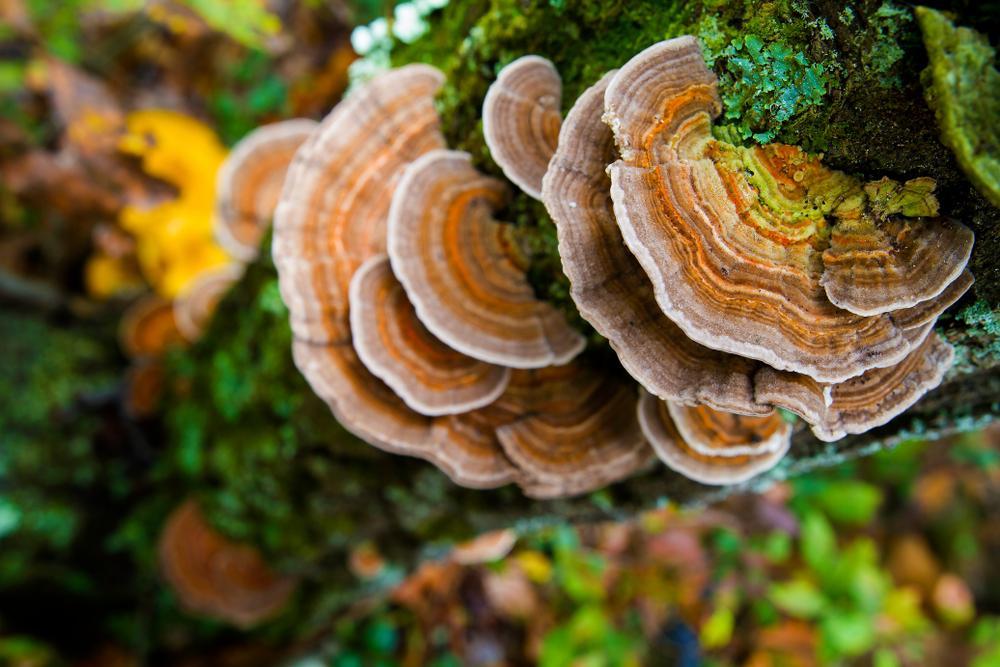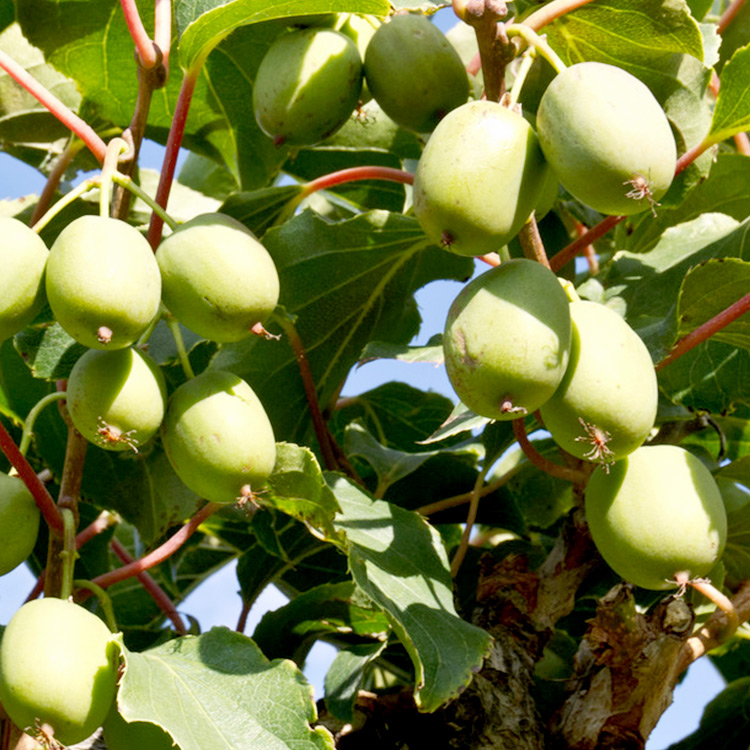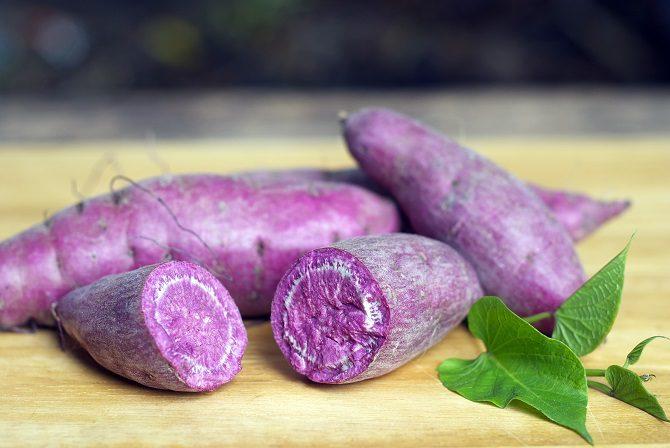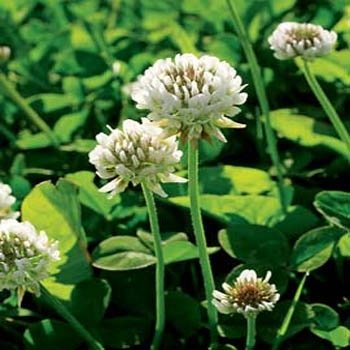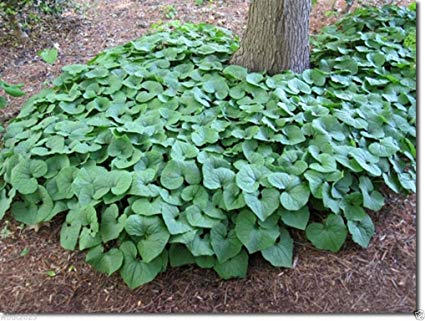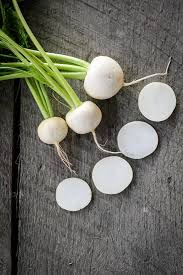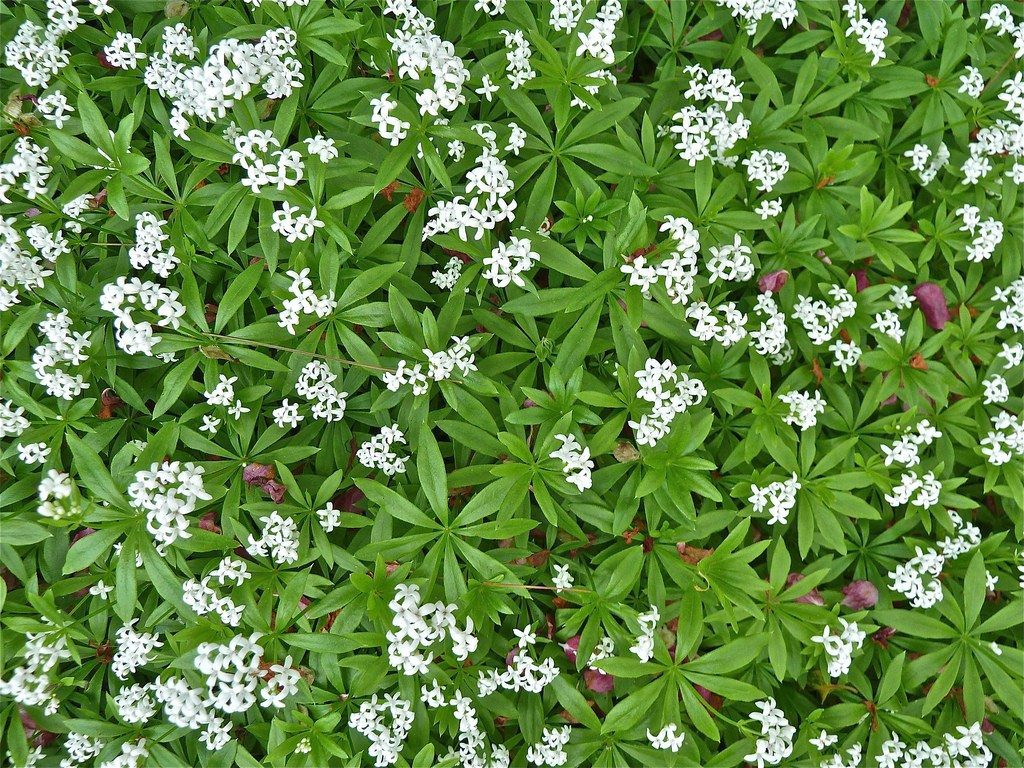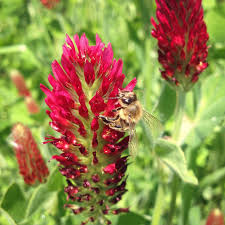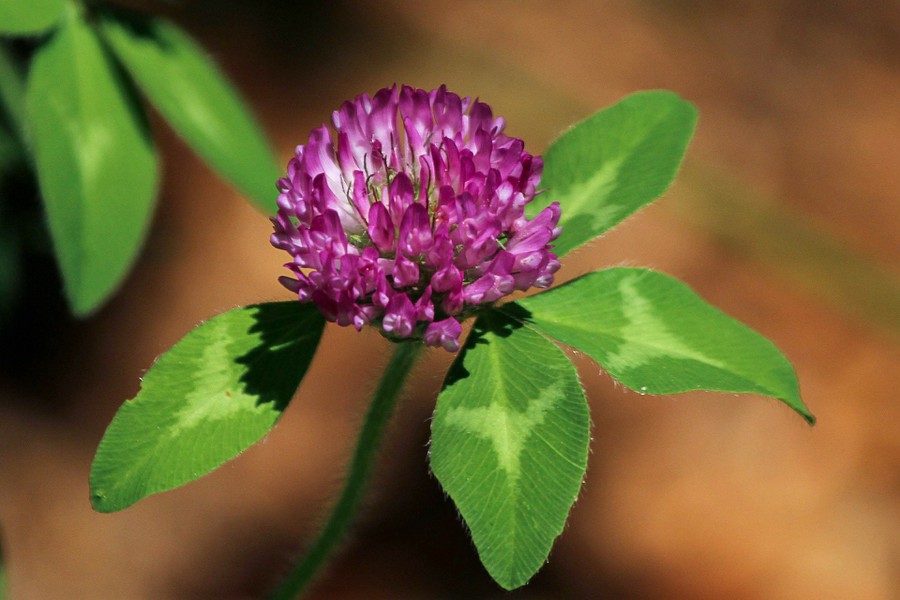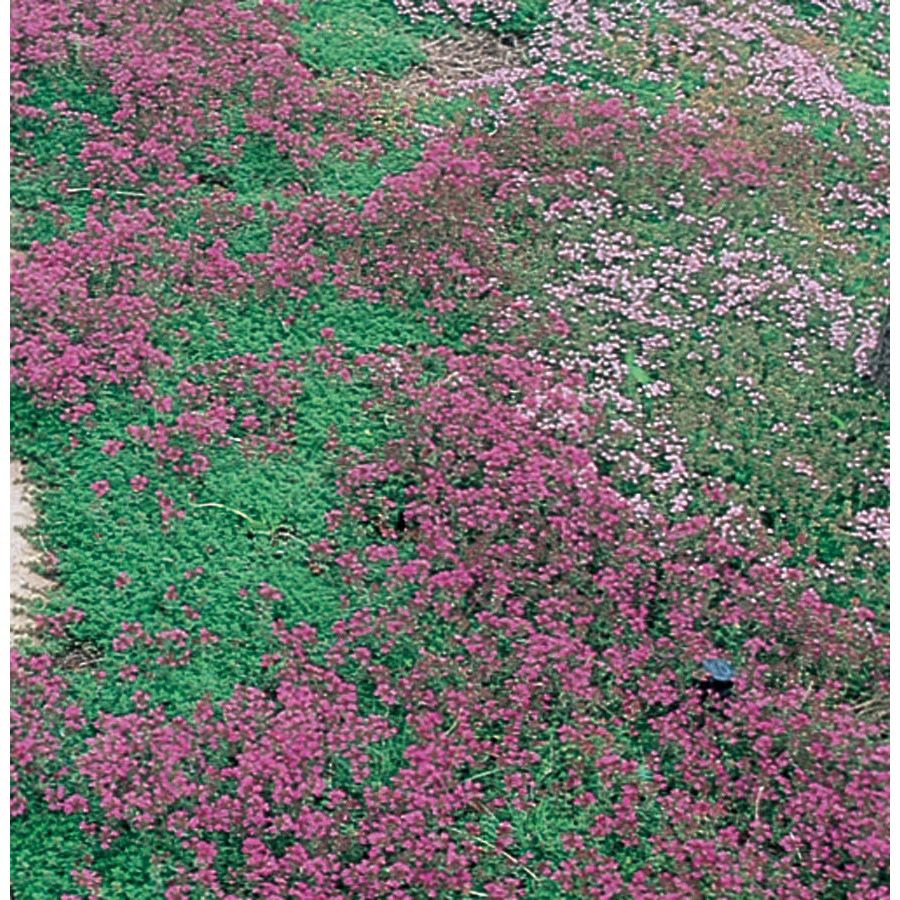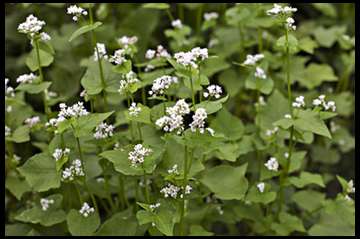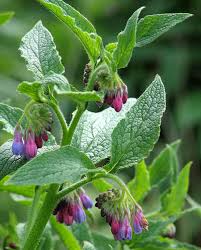During times of extreme summer heat, it’s important to not only keep our families safe and cool, but also our chickens and farm animals. Here are some easy ways to keep your chickens cool in extreme heat and help their bodies cope with extreme temperatures.
- Change their water multiple times a day: Practically speaking, this will keep the water temperature cooler and your activity around the waterer will remind them to get a bit to drink. There are attachments available online to even turn a medium sized water cooler (like an Igloo) into a chicken waterer, which will keep the water cooler longer (or warmer in the winter).
- Add ACV and honey to their water: The honey and apple cider vinegar are a great way to add electrolytes and probiotics to their water. Think of this like Gatorade for chickens. Honey is also antibacterial, so it is strengthening their stressed immune system. You can also purchase a chicken supplement to add to their water, but I generally use what I have on hand in the kitchen.
- Watermelon treat: Cut the watermelon in half and put one half inside the chicken run (like a giant bowl) and let them go to town. Watermelon contains electrolytes that are important for the birds during extreme heat, but it is also very easy to digest, which will help keep their body heat down. Leave the rinds in the run and fill them with water for the next 24 hours like a giant watermelon bowl (see image below).
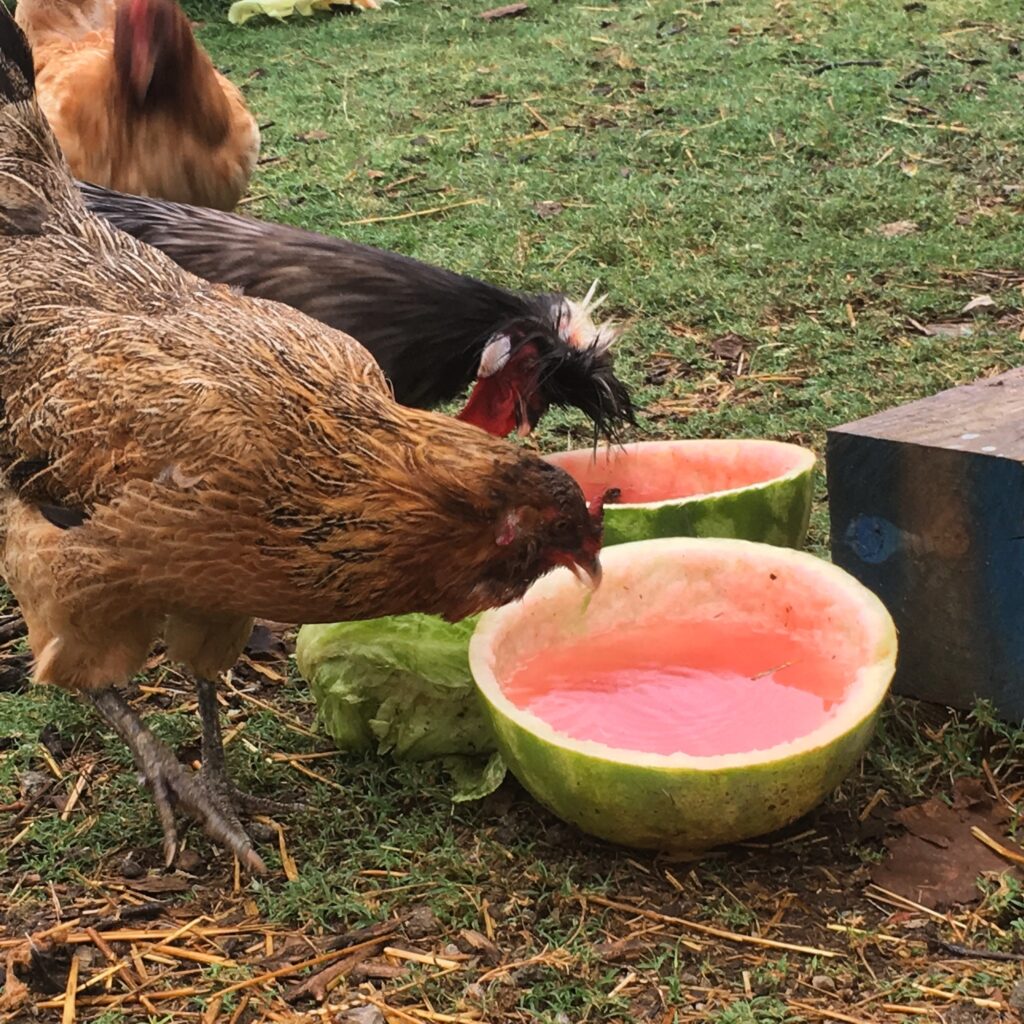
- Frozen veggies in a muffin tin (corn, canned spinach, canned tuna): This Poultry Popsickle is possibly my favorite way to keep chickens cool and also provide a nice treat for them during the extreme heat. Buy some canned corn, spinach, or even tuna and empty the contents into a muffin tin. Slide the tin into the freezer overnight and you’ll have perfect little frozen veggie muffins to entertain the birds and keep healthy them cool.
- Proper airflow in the coop: Open up two sides of the coop in order to create a nice cross breeze. Allowing proper airflow will not only cools the birds, but also helps to prevent mold from forming due to the stagnant and humid air.
- Access to fresh veggies and fruit: These are normally used as “treats” for the flock, but access to a little extra green material on a hot day will be easy for them to digest and provide micronutrients for the flock. Stay away from treating with things like cracked corn, which may increase their body temps as they digest it.
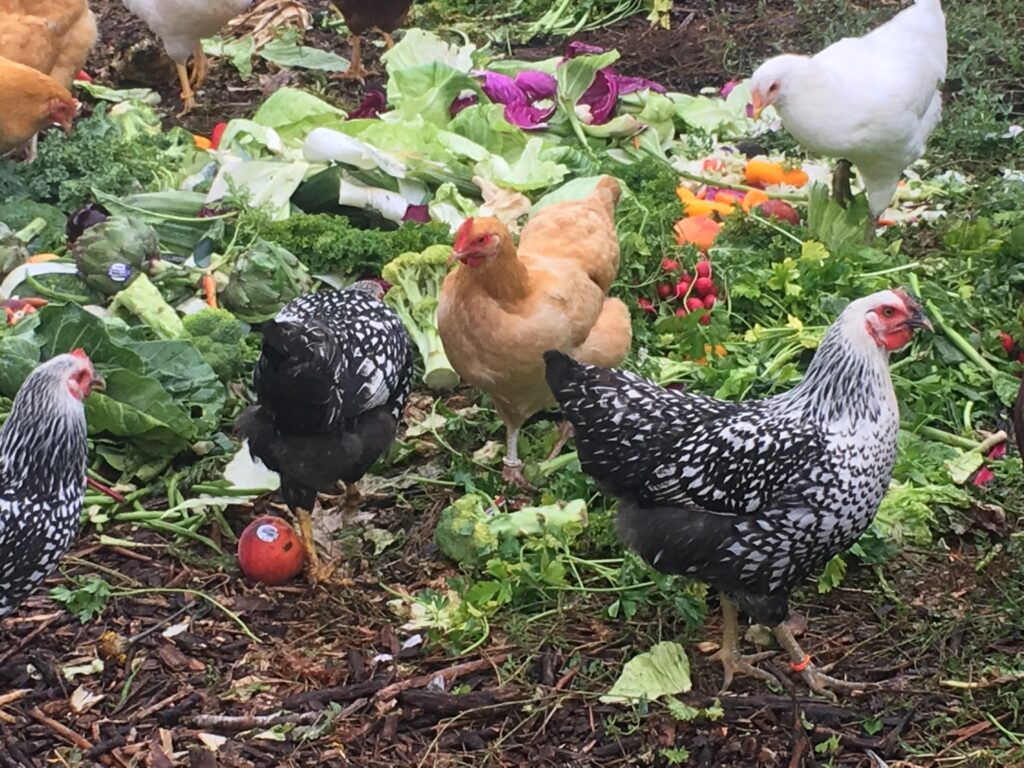
- Create a shaded run or temporarily move coop under a tree: During the extreme heat, provide adequate shade for your flock. If you are have the ability to grow vines up the side of the run, this will provide a nice living shaded area for them. Pole bean, squash, butterfly pea, and passion vine are great choices or this (depending on your growing zone).
- Cool their feet: Run the hose on the ground for 10-15 min in the heat of the day so they can walk in it. Chickens can regulate body temps through their feet, so give them a little water on the ground to wade in and they will be happy campers. Practically speaking, hot days are also a great time to clean and sterilize your coop (and leave them open for the day). I sweep and scrape mine out and then either spray and wash with Basic H OR add it to the powerwasher and give everything a nice spray down. Then leave the coop open for the day to dry. Do this in the morning, so the coop has the full day to air dry.
- Dust bath (shaded) with wood ash: Dust bathing should be available at all times, because this is a primary way for them to stay clean and cool. Fill a 6-8″ deep container with sand for them to play in and occasionally add a few shovels full of wood ash. This will help treat them for any mites and fleas. Do NOT use Diatomaceous Earth, as this is terrible for their respiratory health; DE should only be used WET or in very small quantities of their feed (3%). Always keep the dust bath in a shaded area, otherwise the sand will get too hot for the birds.

- Keep bedding fresh and add herbs (fresh or dried): During heat waves, it’s important to keep things fresh in order to prevent mold, bacterial growth, and to help control insects. Keep nesting boxes and bedding fresh at all times. Add in fresh or dried herbs to repel insects and provide a little fun for the hens. You can add leaves or flowers to the nesting boxes or hang bundles of herbs around the coop. Use things like mint, bee balm, oregano, thyme, fennel, dill, or lemon balm. For flowers, you can use petals from marigolds, roses, snapdragons, sunflowers, etc.
Leave a comment below if you found this helpful, and feel free to share the article on social media to help your chicken friends try out a few new ways to keep the girls cool in the summer.
BONUS: Click here to find out ways to keep chickens warm in the winter.


